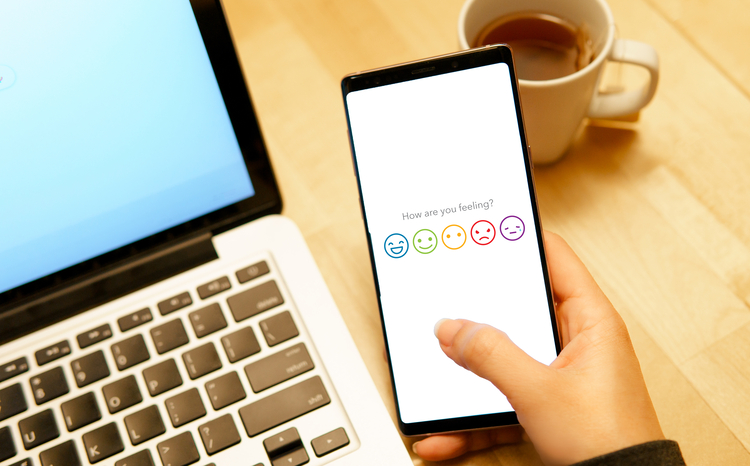Correcting for health
- 18 October 2005

NHS Connecting for Health will build on existing standalone IT systems inside prisons, with an LSP solution being used to handle health records, according to documents seen by E-Health Insider Primary Care.
PCTs will be responsible for managing delivery of the Prison Healthcare IT (PHIT) programme, the first stage of which is a revamp and update of the healthcare IT infrastructure in individual prisons.
Although the work is still in early stages, business cases are being developed for procuring a health IT system from one of the Connecting for Health local service providers (LSPs) that will handle electronic health records for new inmates or those who have been transferred between prisons.
According to the PHIT strategy document seen by E-Health Insider, around half of the prisons in England already have some IT infrastructure, although this is generally standalone. Prisons are being discouraged from making any further improvements to their systems before PHIT is implemented.
|
"Prisons themselves will be recoded as ‘virtual’ GP practices."
|
The current plan is to have one central database containing the EHRs; using more than one LSP. Records will be transferred to and from the system using GP2GP transfer. Prisons themselves will be recoded as ‘virtual’ GP practices.
PHIT workshops were held during September by CfH. The DH’s IT agency is currently working to recruit staff and put together a tender for the central IT system.
An Irish example
In Ireland, a working national healthcare IT system is in use. Although Ireland’s prison population is much smaller than that of the UK, with only 3,400 held in custody compared to the UK’s 77,000, a similar system of healthcare delivery is in place, with local GPs working part-time with prisoners.
Terry Fossey, technical director of software company IMS Maxims that supplies the prison health IT systems for Ireland’s 16 prisons, said that specific software was needed to meet the specific needs of a prison environment.
"Prison health is much bigger in reach then traditional GP surgery. All the medical services have to be provided. It needs to cover area such as psychology and psychiatry. And a large proportion of prisoners have got some form of mental illness and mental health issues."
For instance, in a conventional GP setting, patients will be given appointment times, but if a number of prisoners on one wing need to see the GP, they will need to be brought up in one group.
"In a more secure prison, the security within the prison impacts on the way that healthcare services are provided," he says.
Links important
|
Implementation plans for PHIT in England Spring 2006: Project to achieve OGC Gateway 1 (business case and risk assessment) April 2006: Infrastructure ready, primary care software implementation begins April 2007: Mental health and inpatient modules April 2008: Link up with National Offender Management Service
|
The software links into the national Prisoner Records Information System, developed and installed in 2003, which handles the booking in and out of those in prison.
In the UK, the National Offender Management Service (NOMS), created in 2004, manages inmates on probation and in custody. It is hoped that systems installed by PHIT will start linking up with NOMS in 2008.
Fossey says that the Irish system as used now is very detailed. "It’s a very comprehensive system. You have a history of all the different locations that the prisoner has been down to the cell level." The granularity of the system is useful for infection control; for instance, the movements of prisoners with communicable diseases can be tracked.
Prison healthcare IT systems need to focus on integration – not just with the outside world, but with other prisons as well. "When people are sent to prison they have a lot of health problems. They are in there for a relatively short period of time, and their health improves quite dramatically."
It is when prisoners move that the limitations of paper-based or standalone IT systems become most apparent. "It can be very disruptive for the provision of healthcare," says Fossey. If a prisoner on medication moves to a different site and doesn’t have the prescription for it, it is something that can often spill over into a discipline issue.
Having an integrated solution may allow patients to carry on improving their health once they leave prison. However, it’s not always as simple as that, says Fossey. "When somebody is released from prison they may not want their medical records sent to their new GP. They don’t want their GP to know."




